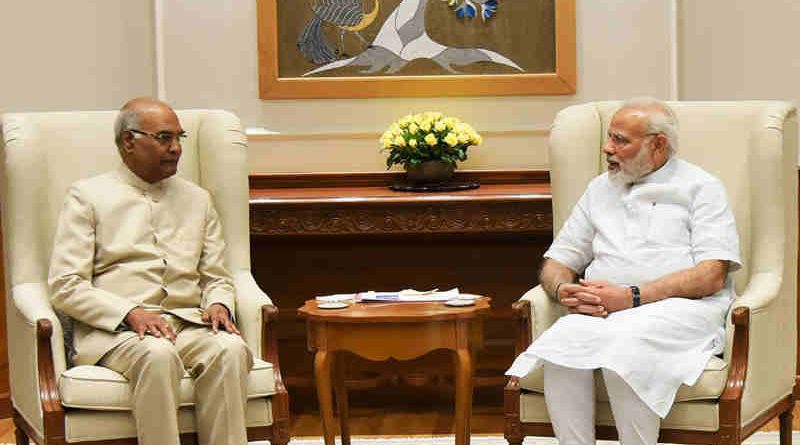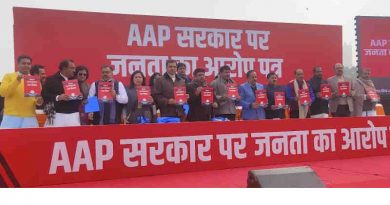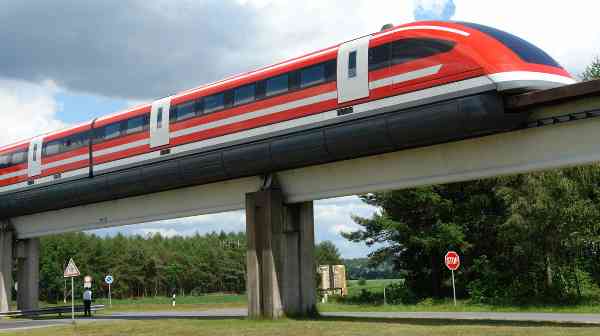Ram Nath Kovind May be the Next President of India

Ram Nath Kovind, who is the presidential candidate of Narendra Modi’s Bharatiya Janata Party (BJP) is expected to be the next President of India, as BJP enjoys tremendous electoral college majority.
The Congress-led United Progressive Alliance (UPA) has not yet announced its candidate for the presidential race.
Kovind, who is the Bihar Governor, belongs to the Dalit (oppressed) community and is a lawyer by profession. Modi said that Kovind will make an exceptional President and continue to be a strong voice for the poor, downtrodden, marginalised sections of society.
The presidential election in India will be held on July 17 and counting will be done on July 20. five days before the incumbent of current President’s term expires. The term of the current President Pranab Mukherjee expires on July 24.
[ Democracy 2.0: Aadhaar Data May be Used for Voting Frauds in India ]
The President is elected by an electoral college consisting of the elected members of both houses of Parliament (MPs), the elected members of the Legislative assemblies (MLAs) of the 29 states and the elected members of the legislative assemblies of the Union Territories of Delhi and Puducherry.
As of 2017, the electoral college comprises 776 MPs and 4120 MLAs. The total strength of Electoral college is 10,98,882 votes. Halfway mark is 5,49,442 votes. After state assembly elections and by-polls of 2017, BJP-led NDA (National Democratic Alliance) is short of nearly 20,000 votes.
[ New Editorial Section: Lok Sabha Election 2019 in India ]
The nomination of a candidate for election to the office of the President must be subscribed by at least 50 electors as proposers and 50 electors as seconders.
The election is held in accordance with the system of proportional representation by means of the Single transferable vote method. The voting takes place by secret ballot. The manner of election of President is provided by Article 55 of the Constitution.
Photo courtesy: Press Information Bureau, Basic Information: Wikipedia





